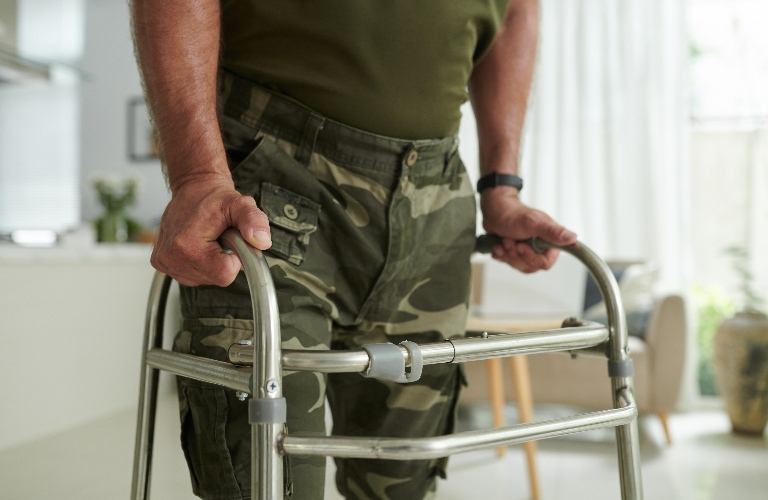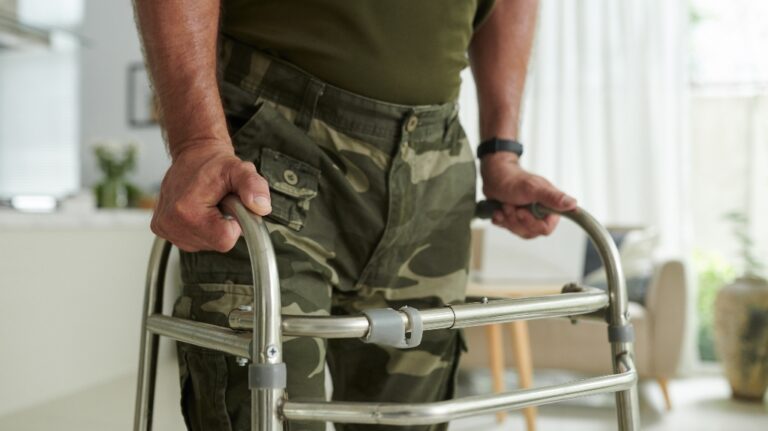
When you develop a medical condition you believe results from your military service, you may consider filing a VA disability claim. However, you may want to take the time to investigate and build a compelling application that gives you the best chance of having your claim approved. But you can maximize your back pay by filing an “Intent to File.”
What Is an Intent to File?
An “intent to file” establishes a possible start or effective date for VA disability benefits should the department approve a subsequent benefits claim. When a veteran files an “intent to file” and later files an application for VA disability benefits that gets approved, the VA may pay the veteran retroactive payments for the period between the filing of the intent to file and the approval of disability benefits. An intent to file notifies the VA that a veteran plans to submit a claim for disability benefits. Filing an intent to file can lock in a veteran’s effective date for calculating back pay, while giving the veteran additional time to prepare their VA disability benefits claim.
After a veteran files an intent to file, they have one year from that date to file their disability benefits application to utilize the date they submitted their intent to file as the effective date of their VA benefits claim. After a year, the veteran loses the earlier effective date.
How the Intent to File Protects Your Effective Date
When the VA approves a disability benefits claim, it may pay a veteran back pay for the period between the filing date of their disability benefits application and the VA’s approval of the claim. However, when a veteran files an intent-to-file form, the VA may set the veteran’s effective date to the date they filed their “intent to file,” rather than the date they submitted their application for disability benefits. For example, suppose a veteran files an “intent to file” in January, and later files their application for VA disability benefits in August of the same year. In that case, the VA may treat the veteran’s “effective date” for back pay as January rather than August.
Methods of Submitting an Intent to File
A veteran can submit an intent to file form (VA Form 21-0966) online, over the phone, via mail, or in person. A veteran may submit their form online via the VA’s website. Alternatively, veterans can notify the VA of their intent to file a disability benefits application over the phone by calling the VA’s toll-free number, Monday through Friday, between 8 a.m. and 9 p.m. Eastern Time. Veterans can also print, fill out, and mail a paper intent-to-file form to the VA at the address listed on VA Form 21-0966. Finally, veterans can give their intent to file in person at a local VA office.
Benefits of Filing an Intent to File

Veterans may consider filing an intent to file with the VA for several reasons, including:
- Needing time to gather evidence: An intent to file can set an effective date, allowing a veteran more time to collect necessary evidence to support their claim.
- Avoiding filing a rushed claim: Veterans do not need to feel pressured to file their formal application as soon as possible to gain an earlier effective date.
- Maximizing compensation: Veterans can increase their back pay by leveraging the earlier effective date established by an intent to file.
Contact a VA Disability Lawyer Today
When you develop a medical or mental health condition that may entitle you to disability benefits from the VA, filing an “intent to file” with the VA can help you with applying for benefits. Contact Veterans Law Attorneys today for a free, no-obligation consultation with a VA disability attorney to learn more about how an Intent to File can help you protect your right to VA disability benefits and maximize your compensation for a service-connected disability.






